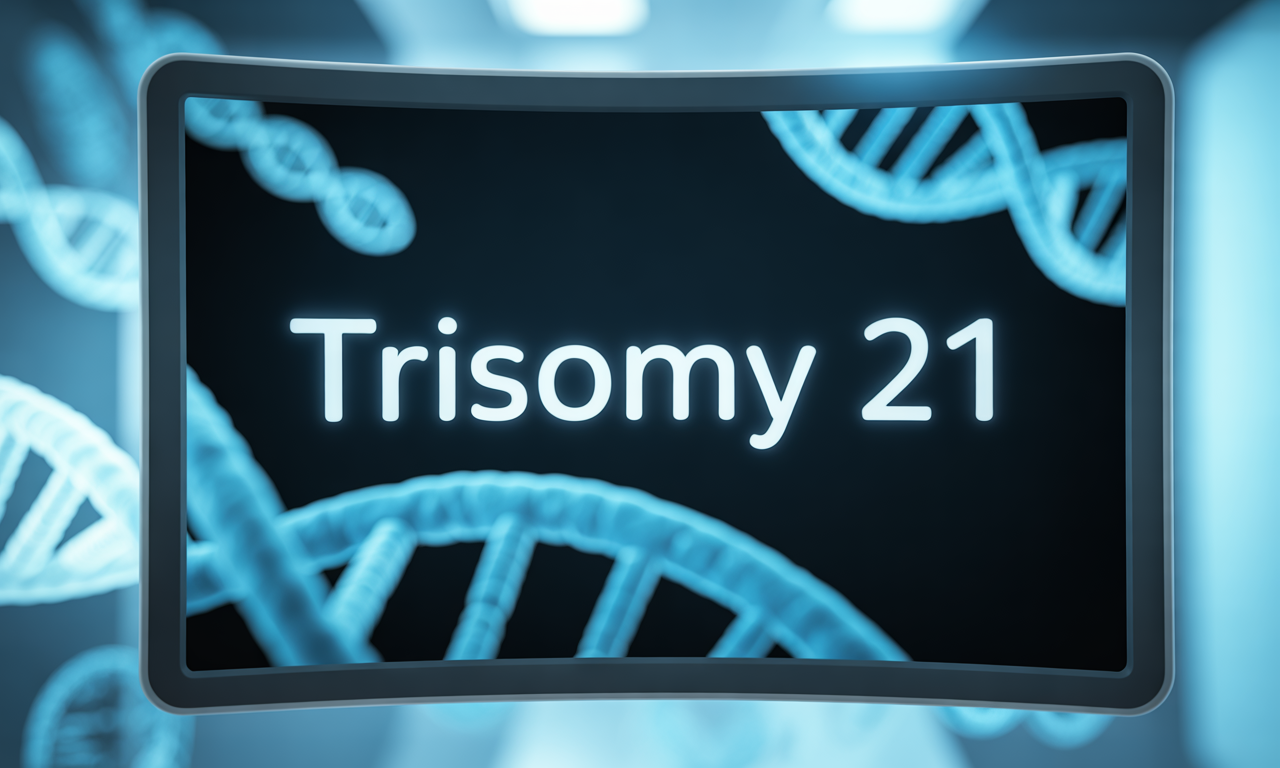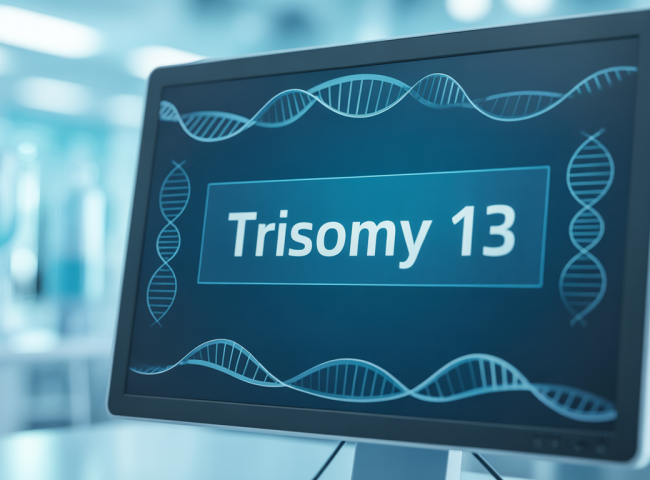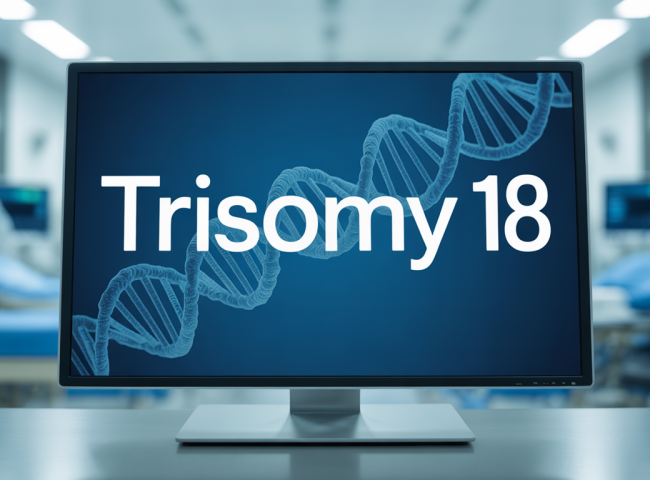What is Down Syndrome?
Down Syndrome, also known as Trisomy 21, is a genetic condition that occurs when a person has an extra copy of chromosome 21. This additional genetic material causes a range of developmental differences and physical features. Down Syndrome is one of the most common chromosomal conditions globally.
Causes of Down Syndrome
The primary cause of Down Syndrome is a random error in cell division called nondisjunction, which results in an embryo with three copies of chromosome 21 instead of the usual two. This is why the condition is also called Trisomy 21. There are three main types:
- Trisomy 21 (Nondisjunction): Accounts for about 95% of cases, where every cell has an extra chromosome 21.
- Mosaic Down Syndrome: Some cells have an extra chromosome 21, while others do not.
- Translocation Down Syndrome: Part of chromosome 21 attaches to another chromosome.
Down Syndrome Symptoms
Common Physical Features
People with Down Syndrome often share certain recognizable physical traits, which may include:
- Almond-shaped eyes that slant upward
- Flattened facial profile
- Small ears
- Short neck
- A single crease across the palm
Developmental and Health Differences
Other Down Syndrome symptoms and characteristics might include:
- Delayed growth and development
- Intellectual disability, usually mild to moderate
- Low muscle tone (hypotonia)
- Higher risk of congenital heart defects
- Increased susceptibility to infections
Diagnosis of Trisomy 21
Prenatal Screening
The diagnosis of Trisomy 21 can begin during pregnancy, using tests such as:
- Ultrasound: Checks for physical markers
- Blood tests: Measure hormone levels associated with Down Syndrome
- Non-invasive prenatal testing (NIPT): Analyzes fetal DNA in the mother’s blood
Confirmatory Diagnostic Tests
If screening results indicate an increased risk, more conclusive tests include:
- Amniocentesis and chorionic villus sampling (CVS): Analyze fetal chromosomes
- Postnatal Diagnosis: A karyotype test confirms the extra chromosome after birth
Down Syndrome Treatment and Support
There is no cure for Down Syndrome, but early intervention and lifelong support help individuals achieve their fullest potential. Down Syndrome treatment often includes:
- Early childhood intervention programs (speech, physical, and occupational therapy)
- Regular medical check-ups to monitor growth, heart health, and hearing
- Educational support tailored to individual needs
- Family counseling and social support programs
Living with Down Syndrome
Most people with Down Syndrome attend school, work, participate in decisions that affect them, and contribute to society in meaningful ways. Life expectancy and quality of life have increased significantly with improved healthcare and social inclusion.
Key Takeaways
- What is Down Syndrome? A genetic condition caused by an extra chromosome 21.
- Causes of Down Syndrome: Random genetic error during cell division.
- Down Syndrome symptoms: Unique physical traits, developmental delays, some health risks.
- Diagnosis of Trisomy 21: Prenatal and postnatal tests confirm the extra chromosome.
- Down Syndrome treatment: Individualized therapies, medical care, family support.
Understanding and early intervention are crucial in helping every person with Trisomy 21 live a healthy, fulfilling life.
FAQs About Down Syndrome (Trisomy 21)
Q1: What is the cause of Down Syndrome?
Down Syndrome is caused by having an extra copy of chromosome 21, usually due to a random cell division error called nondisjunction.
Q2: How is Down Syndrome diagnosed during pregnancy?
Prenatal diagnosis includes screening tests like ultrasound and blood tests, and confirmatory tests such as amniocentesis or chorionic villus sampling (CVS).
Q3: What are the common symptoms of Down Syndrome?
Common symptoms include characteristic facial features, intellectual disability, delayed development, low muscle tone, and increased risk of heart defects.
Q4: Can Down Syndrome be cured?
No, Down Syndrome cannot be cured, but early intervention therapies and medical care greatly improve quality of life.
Q5: What treatments are available for Down Syndrome?
Treatments include speech, physical, and occupational therapies, regular medical monitoring, educational support, and family counseling.
Q6: What is the life expectancy for someone with Down Syndrome?
With modern healthcare, people with Down Syndrome can live into their 60s or beyond, enjoying a good quality of life.
Q7: Can people with Down Syndrome live independently?
Many individuals with Down Syndrome lead independent or semi-independent lives, attending school, working, and participating in their communities.




Leave feedback about this